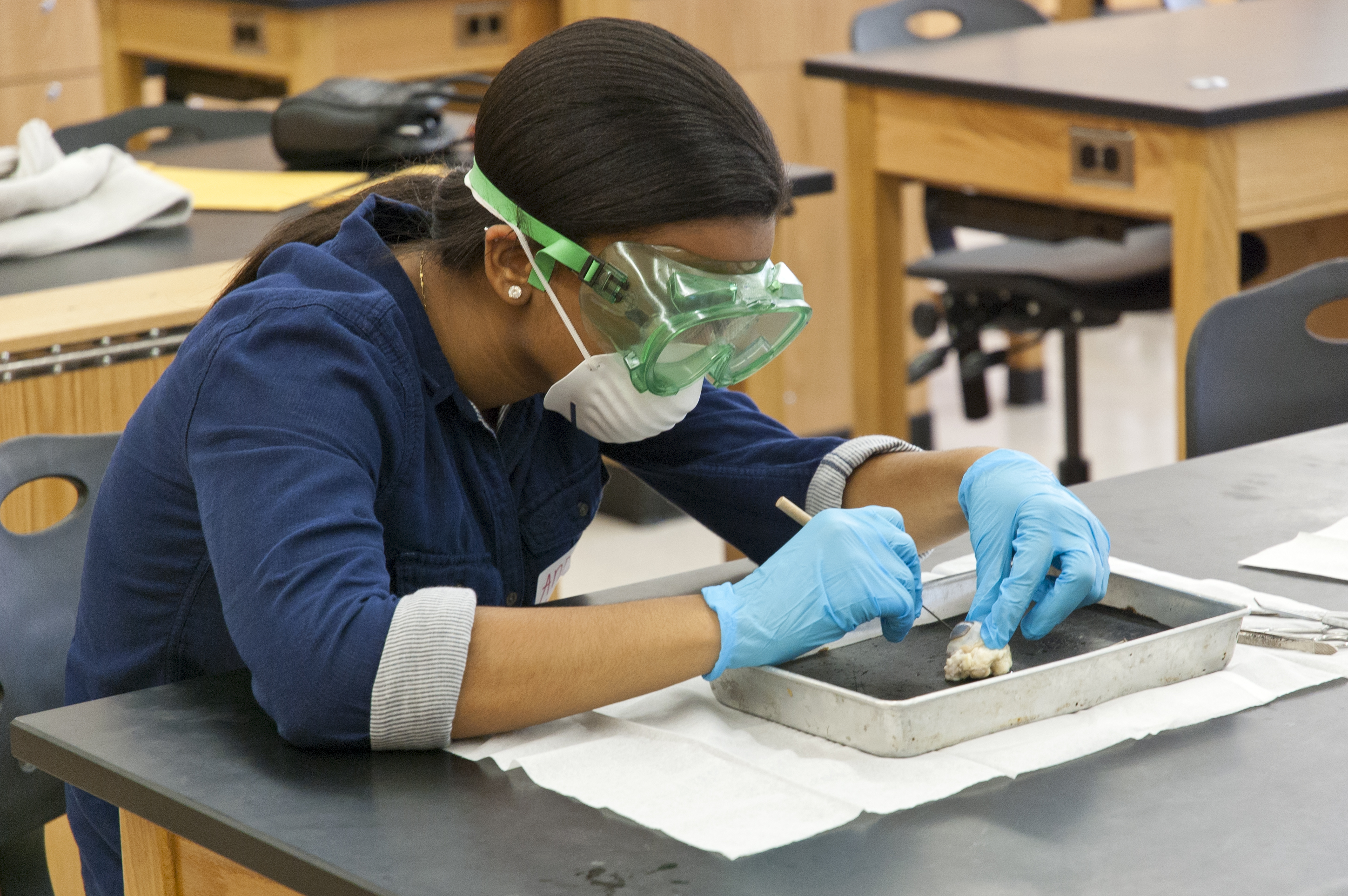What is it like to attend an inclusive STEM high school?

The Day In the Life studies were designed to capture how students experienced a typical school day, focusing on STEM education, but not limited to STEM. The studies explored, from the points-of-view of students underrepresented in STEM fields, the educational experiences and opportunity structures provided by the two types of schools.
Two researchers shadowed each student for 2 consecutive school days. Researchers followed the students from the moment they arrived at school to when they left for home, observing them in classes and during informal activities. The classroom observations were guided by one observation instrument focused on the class-level activities as a whole, and a second observation instrument focused on the target student. Using semi-structured protocols, researchers also interviewed the students and their parents, as well as the principal, guidance counselor, advisors, and STEM teachers. Eight Day in the Life studies tell the ISHS story from the student’s perspective.
At the ISHS schools in general, there were more opportunities for project-based learning, greater student agency in learning, and more rigorous approaches to STEM content and concepts than at the comprehensive schools. At one ISHS school, for example, researchers observed an 11th grader taking a combined physics/engineering class. In the classroom, students worked in groups using an online simulation of a cannon to collect data and draw conclusions related to trajectory and distance. The next day, the class was held in a workshop where they constructed projectile machines of their own design. Another 11th grader observed at a comprehensive school, in contrast, was observed in an Environmental Studies class. This class spent the first half of the block period watching a movie on watersheds. In the second half, the students worked in groups observing how water moved on a small plastic model with raised portions representing topographic variation, and completed a fill-in-the-blank worksheet about their observations.




